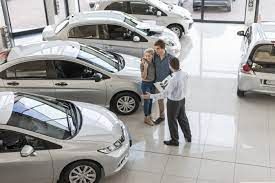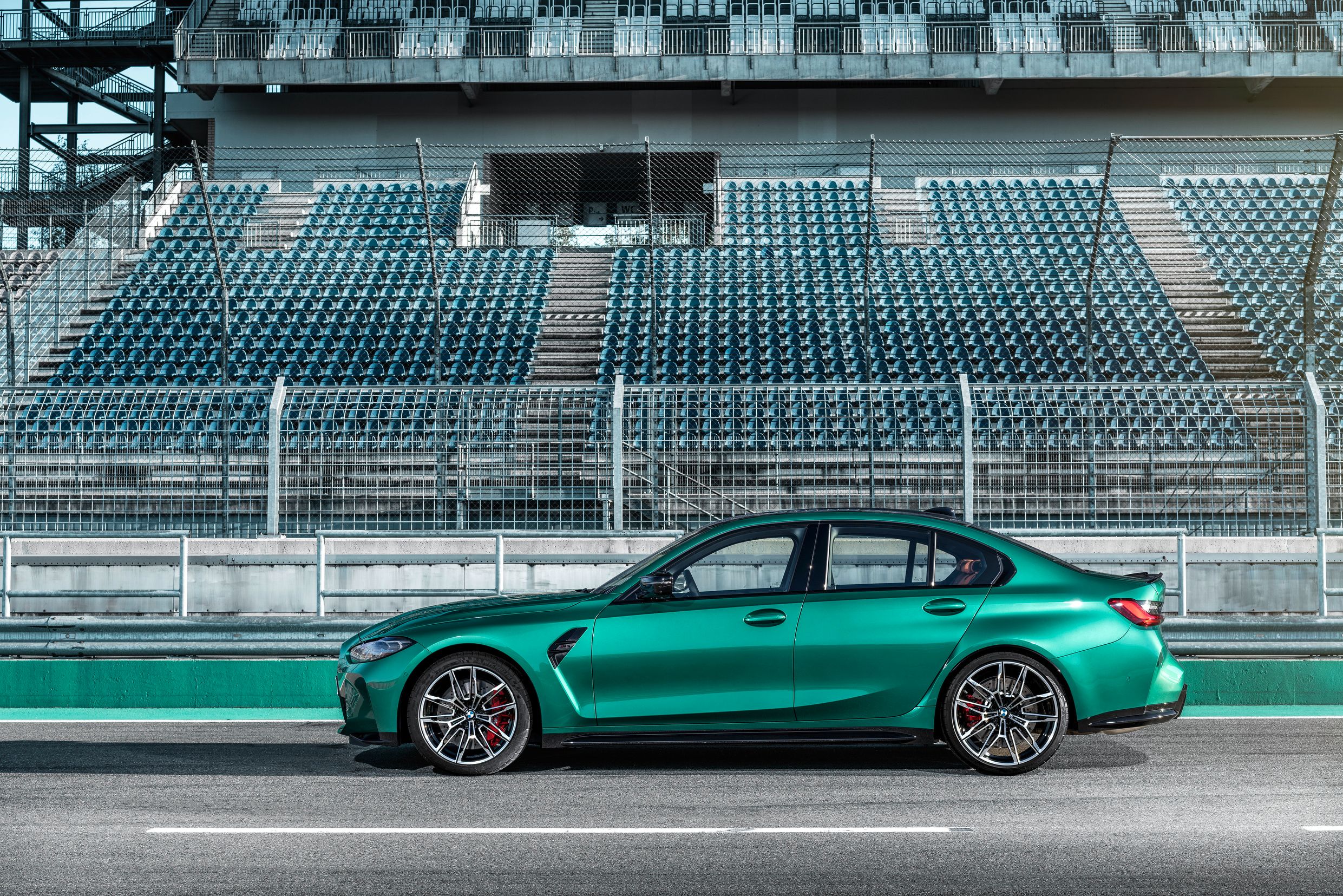During times of economic downturn, consumers change their shopping habits and adjust their expenses by moving away from conspicuous consumption. Generally speaking, consumers look for bargains and select goods from discount retailers. However, that’s not the case with the affluent class. As CNBC rightfully points out, the ultrarich are driving luxury sales despite concerns about inflation and recession. Companies like Ferrari, which create cars for the 1 percent and Dior, Versace and Louis Vuitton have reported strong sales despite the downturn.
“Having symbols of power within your tribe is a powerful thing,” Milton Pedraza, founder and CEO of Luxury Institute, told CNBC. “Those symbols of power still matter tremendously within the tribes of the ultra-wealthy.”
In the United States, demand for exotic cars and luxury vehicles is up despite inflation and rising interest rates. Furthermore, the surge in prices for luxury automobiles didn’t scare off luxury buyers, but convinced them even more that this is the right moment to acquire an exotic car.
The Move Towards Premiumization In The American Auto Market
The move toward "premiumization" is not a recent trend, and it started decades ago. As consumers become wealthier, they tend to buy better quality products that usually are more expensive.
“It’s no secret why consumers have been drawn to premium cars for decades. These globally recognized brands project sophistication and style,” says McKinsey. “With precision engineering, sleek design, and well-appointed interiors, their vehicles offer a sublime experience.”
In a different article, McKinsey points out that, while the mainstream market has essentially stalled, with little to no growth expected through 2031, this is not the case of luxury segments. The global management consulting firm forecasts an improvement for luxury segments during the same period, with growth rates ranging from 8 to 14 percent annually.
While the premiumization of the market is not a new trend, the consumer behavior during recession surely is unexpected. Especially if we consider that during times of economic downturn, consumers spend less and save more. During the 2008 recession, for example, car sales collapsed. New vehicle sales in the United States declined roughly 40 percent. Over the 12 months ending in the fourth quarter of 2008, personal new car sales decreased by $107 billion. Moreover, employment in the automotive industry declined over 45 percent over a two-year period, according to the Federal Reserve Bank of St. Louis. As for the luxury car segment, this wasn’t recession proof either, and various premium and superpremium automakers reported weak sales. BMW, for example, reported that U.S. sales declined more than 25 percent for the first nine months of 2009. Meanwhile, superpremium car manufactures like Jaguar and Land Rover, have recorded even sharper sales drops. The situation was so adverse that Mercedes-Benz had to cut prices for its all-new, 2010 E-Class sedans, by 10 percent, just to eliminate another $5,000 from the price by the end of the year, according to NBC News.
This Is What’s Behind The Sales Boom
Consumers expect the China-U.S. trade war, supply chain issues, and chip shortages to continue all the way through 2023. Accordingly, they are looking for vehicles that are reliable and represent a good, recession-proof investment. Usually, premium cars have better resale value and buyers get a better deal if they decide to trade them in. Additionally, these cars have superior quality; thus, over time, consumers will save on maintenance costs and mechanic visits.
Another point worth considering is that luxury automakers were better equipped to deal with supply chain issues, chip shortages and delivery delays. This means that consumers didn’t have to wait for months for their dream car. Furthermore, the vehicle came equipped with all the features, which was not the case with several mainstream cars. CNBC says the chip shortage forced carmakers “to sell cars without features such as heated seats, considered essential in colder climates.”
These Are The Car Brands That Benefit From The Market Change
Sales at Audi, BMW, Mercedes-Benz and Tesla are through the roof. Premium car sales are at historic highs, accounting for 17.3 percent of all U.S. auto sales in 2022, according to Jalopnik. In 2021, automakers sold 2.48 million luxury vehicles in the United States. This represents a 13.2 percent increase from 2021. Conversely, mainstream auto sales surged only 1.7 percent last year. But it’s not just the premium market that is benefiting from market changes. In fact, even the superpremium segment is performing well. Cars from superpremium automakers, Bentley, Ferrari, and Lamborghini grew to 6,700 models sold in the first six months of 2022. Just to put things into perspective, this is a 35.6 percent sales growth compared to the same period in 2017.




